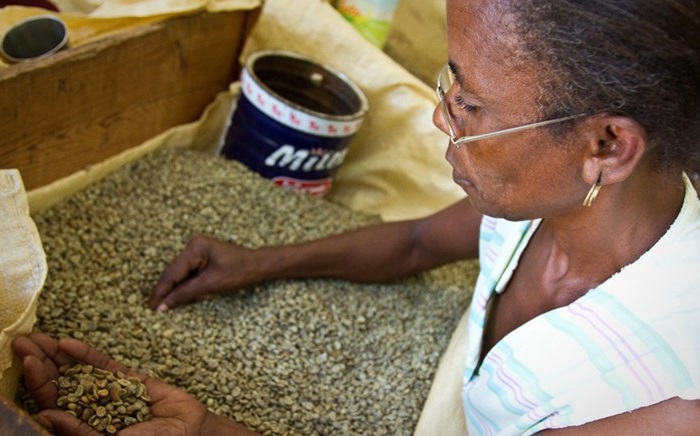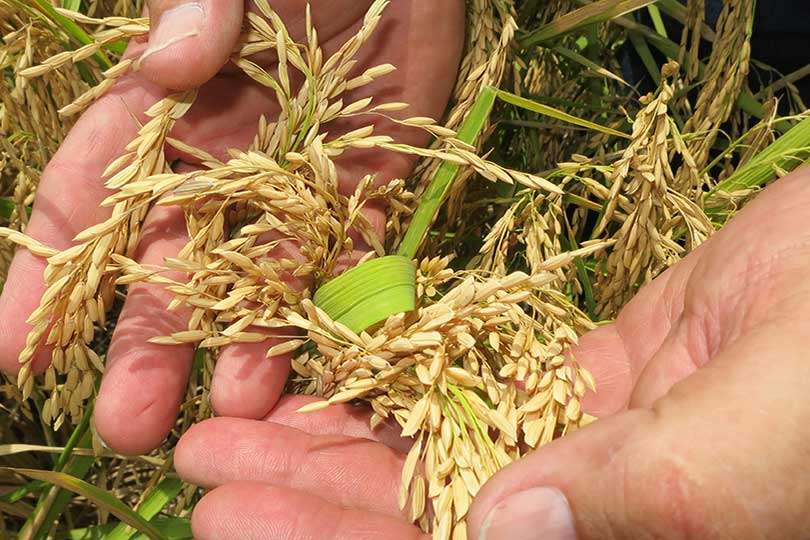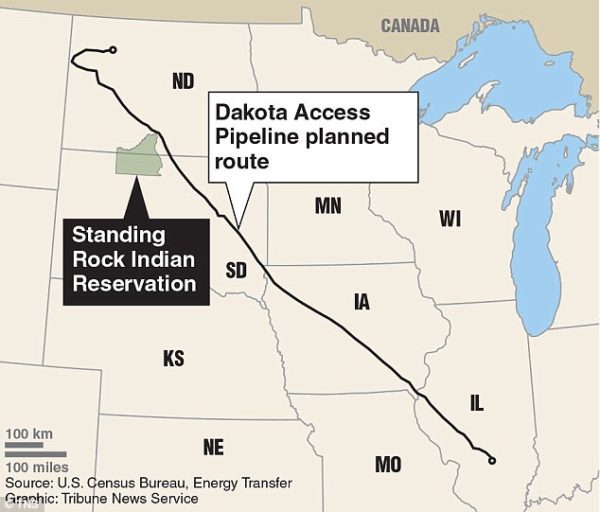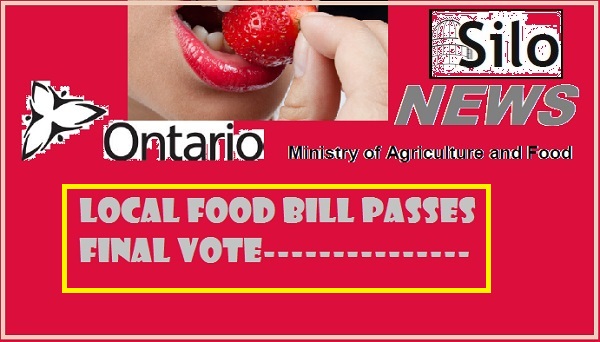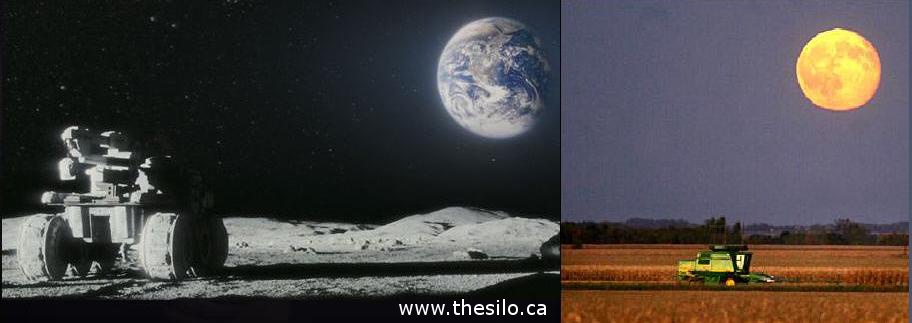Everyone already knows Kimera Koffee’s for its finest ground coffee, highest quality beans, and some of the best flavors on the market. Now Kimera Koffee is growing the family with its limited edition Phase 1 Peaberry Whole Bean Koffee and Kimera Koconut Oil.

The Kimera Koffee Pase 1 Peaberry Whole Bean Koffee is grown in Jarabacoa, Dominican Republic. Using some of the finest beans, this blend uses the plants’ yield of 3%-5% peaberry beans, each hand selected and sorted. Peaberry beans are unique in that they are the only bean in the cherry (rather than two), therefore receiving all of the plant’s nutrients in a concentrated dose.

Peaberry beans are regarded as naturally sweeter, more aromatic, and more pleasant in taste than regular coffee beans.
This limited edition flavor packs a punch to your morning routine with some of the freshest, most potent whole beans you can find.
Kimera’s other new addition is the Kimera Koconut Oil.  This handcrafted, pure coconut oil is sure to pack a delicious punch with any drink or cooking need. Kimera’s Koconut Oil is extra virgin and cold pressed, giving you the finest, most high quality oil on the market. The oil is non-GMO and unrefined for the best flavor and potency money can buy.
This handcrafted, pure coconut oil is sure to pack a delicious punch with any drink or cooking need. Kimera’s Koconut Oil is extra virgin and cold pressed, giving you the finest, most high quality oil on the market. The oil is non-GMO and unrefined for the best flavor and potency money can buy.
As well as Kimera Koffee’s dedication to proving the high quality products on the market, they are aslo are proud supporters of the Belarminio Ramirez Foundation, which uses their donations to provide school materials, clothes, food, and basic household appliances to communities in the Dominican Republic’s farming towns. Every Kimera Koffee purchase helps aid this fight for a better future. Featured image- cronkite.asu.edu For the Silo, Katie Lapinski.
Kimera Koffee can be purchased online through their website at kimerakoffee.com or Amazon, as well as at select retailers in the USA, Canada, Ireland, the United Kingdom, South Africa, Australia, and New Zealand.
Supplemental- The many great health benefits, both physical and mental, of MCT Oil vs Coconut Oil.
